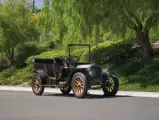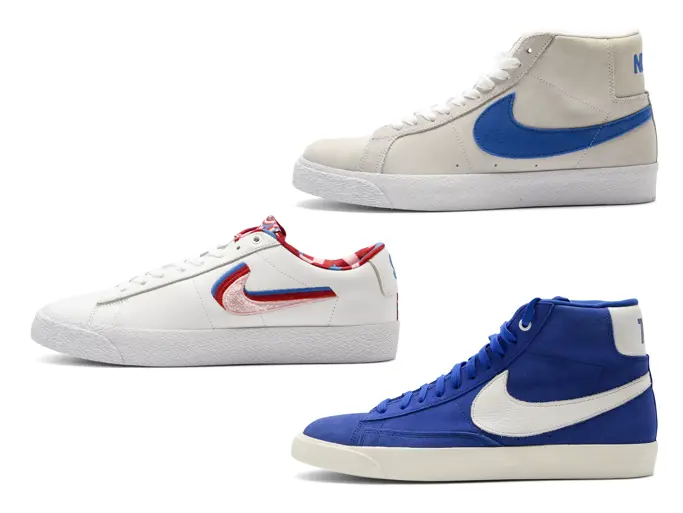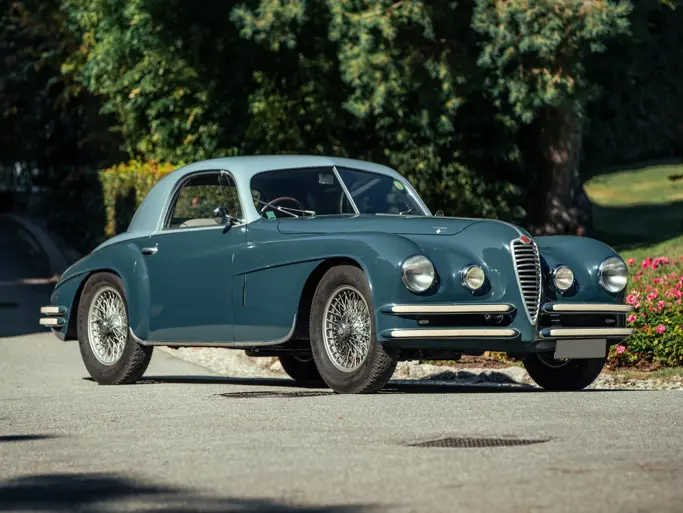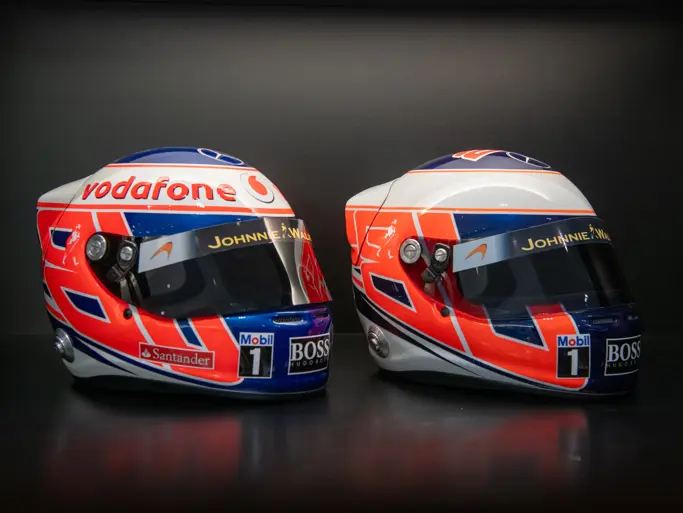California 2015
1909 Peerless Model 19
{{lr.item.text}}
$165,000 USD | Sold
 | Santa Monica, California
| Santa Monica, California
{{internetCurrentBid}}
{{internetTimeLeft}}

Although many automobile companies started off building bicycles, some began with more mundane goods. The George N. Pierce Company of Buffalo, later to build the prestigious Pierce-Arrow, began with bird cages, then ice boxes. Meanwhile, in Cleveland, the Peerless Manufacturing Company was making clothes wringers. In 1901, the firm took a license from DeDion in France to build what it called the “Motorette,” a single-cylinder tricycle. This was followed by two- and four-passenger versions, and soon by 12 and 16 horsepower vertical twin engines. By 1904, the Peerless line included 24 and 35 horsepower fours with touring and limousine bodies.
Key to all these developments was engineer Louis P. Mooers. Mooers, a talented engineer from New Haven, Connecticut, had built a car of his own in 1900, but could not find financing to manufacture it. He set out for Ohio when Peerless advertised for a chief engineer, putting the Motorettes into production and designing the twin-cylinder engines. His four, introduced at the New York Auto Show, was described by the late historian Beverly Rae Kimes as “strikingly modern for the era,” having a Panhard-style front engine with shaft drive and a chassis frame of channel steel. A tilting steering wheel eased entrance and exit, and the touring model featured a side entrance tonneau, a pioneering feature.
Mooers took Peerless racing. In 1902, he prepared a car for the Gordon Bennett race in Ireland. Forced out by tire trouble, he tried again in 1903. This car’s individually-cast cylinders had a six-inch “square” bore and stroke, calculating to 17-liters. Mooers himself drove, but with negligible glory. He was out after the first lap. Thereafter he gave up driving, but rebuilt the car for U.S. races. Its greatest fame would come with Barney Oldfield at the wheel, dressed in green to match the car’s color. Its four exhausts belched fire, and it is said that young boys dubbed it the “Green Dragon”. Barney won sixteen races in as many starts, including the “1904 World Championship.” For 1905 Peerless advertised that the “24 and 35 H.P. 1905 cars have motors of exactly similar construction, differing only in size…Do you want the Green Dragon type of engine in your new touring car?”
While Oldfield’s success on the track was extraordinary, it came at some cost. Wrecks necessitated the building of new Green Dragons, and Barney’s antics were causing trouble with the American Automobile Association, the sanctioning body for the races. After the AAA suspended Oldfield, the Peerless managers decided that the publicity was not worth the bother and the relationship was ended. Thereafter, Peerless marketing continued in more sober fashion and the slogan “All That the Name Implies” was introduced in 1907. There were four-cylinder engines of 30 and 45 horsepower, joined in 1908 by a 50 horsepower six. The 30 horsepower four continued as a mainstay of the Peerless catalog until 1912.
Seemingly out of a time machine, this 1909 Peerless Model 19 30-hp Touring car is an incredible discovery. Complete, original and unrestored, except for rubber components, it stands proud as it now has been in existence for 106 years. Unrestored cars frequently have one major flaw, the repair of which renders the car uneven in appearance and invites just one more incremental improvement. The owner of a freshly-finished gleaming trophy contestant is often heard to say “I got so far into it I just couldn’t stop.” Any restoration on this car is unwarranted, however, as it has developed a lovely patina commensurate with its age.
It is reported as one of two known 1909 Model 19s, the other, sadly, missing from the collector scene for many years. This car was discovered by collector Thomas Olliff in 1986. Originally sold in Boston, it had been traded back to the dealer in 1922 and driven very little since. In 1938 it was known to have been registered in New York by a gentleman named Mr. Steve Kramer. Olliff intended to restore it, but found the cost would far exceed his means. He sold it to Calgary, Alberta, collector Ron Carey, from whom it went to Gene Weatherford in Texas and then to another Texas-based collector. Thankfully, none of them has carried out the restoration that Olliff was unable to budget.
This car has been carefully preserved with an emphasis on maintaining its originality. The body panels and many other components show the order number, 3297, which the craftsmen in Cleveland used to track the cars during assembly. The 1909 seat coverings have been partially and carefully re-stuffed to restore their shape, while the original acetylene generator and tanks still ride the running boards. The engine drinks and breathes through its original Peerless carburetor, an item so rare that many Peerless experts admit they have never seen one. The touring body, sometimes called “Roi des Belges,” (King of Belgium), seats seven with two jump seats in the rear compartment. The canvas top, usually a throwaway item, survives mostly intact, with just a few tatters and minimal staining. The car runs and drives just as it did 70, 80 and 90 years ago. It has been recently serviced, with all fluids changed, and has been fitted with newer tires. Included with the car are an original owner’s manual, parts price list and a post card for requesting the 1909 Peerless catalog.
The Preservation classes, recognized by an ever-increasing number of clubs and events, are generating much interest in unrestored automobiles. Cars with patina that only age can impart, attract the curious, and also serve as benchmarks so future restorers can correctly configure cars when reconstruction must be attempted. They serve also as standards against which the rest can be judged.
The establishment of a Preservation Class at Pebble Beach in 2001 and this categories subsequent expansion underscore the importance of this trend. Never a Pebble Beach participant, this car would be an ideal entrant for a future concours, and is sure to compete strongly against all competition. Any pre-1915 Peerless is rare, and an elegant, unrestored example is all but unknown, finding another is unlikely, regardless of its state of preservation. It has become commonplace to say so, but no less true: a car can be original only once.





